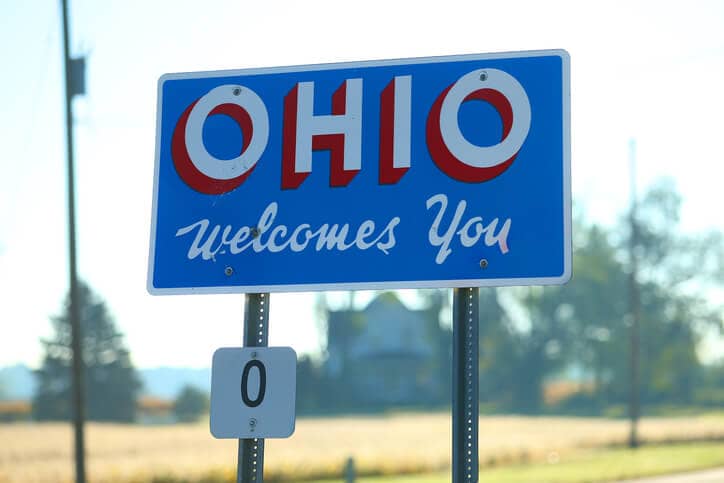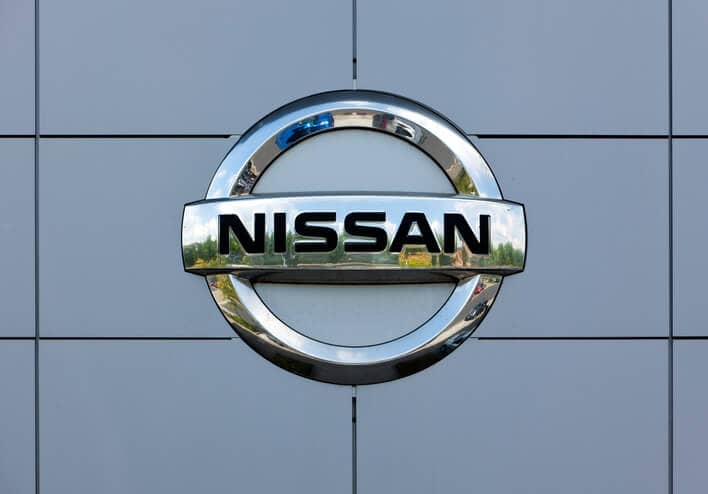In a joint release, Daimler, Linde and OMV Deutschland say they have opened and inaugurated a new hydrogen fueling station in Metzingen, Germany, as part of the market push toward clean mobility and fuel cell technology.
According to the companies, the opening of the new filling station continues the long-standing cooperation between industry partners Daimler, Linde and OMV Deutschland as part of the Clean Energy Partnership and marks another step toward a nationwide hydrogen infrastructure.
The official inauguration was attended by the representatives of the companies involved, as well as Norbert Barthle, parliamentary state secretary at the Federal Ministry of Transport and Digital Infrastructure; and Ministerial Director Helmfried Meinel of the Baden-Württemberg Ministry for the Environment, Climate and Energy.
“Clean mobility, rapid refueling and long ranges are the advantages offered by fuel cell-based electric mobility,” stated Barthle. “To help get the vehicles on the streets now, the Federal Ministry of Transport is sponsoring the establishment of 50 hydrogen filling stations across Germany with about EUR 28 million. The Metzingen site is one of these stations and will improve hydrogen supply in the Stuttgart metropolitan region.”
According to the companies, the focus of the hydrogen and fuel cell infrastructure buildup is especially on the supply of metropolitan regions. The existing service stations already cover the Berlin, Hamburg, Rhine/Ruhr, Stuttgart and Munich metropolitan areas. The release says the process of connecting them has already begun, and the network will be continuously expanded.
Within the National Innovation Programme for Hydrogen and Fuel Cell Technology, Daimler and Linde are contributing, with a total investment volume of around EUR 20 million. As reported, the construction of the first public hydrogen filling station in Baden-Württemberg at Stuttgart airport in 2009 was also a cooperation between OMV, Daimler and Linde. The federal state now has eight such refueling sites.
The partnership says it expects electric mobility with fuel cell vehicles to considerably reduce transport-related CO2 emissions. The technology of such locally emission-free vehicles offers two major advantages compared with battery-powered vehicles: long ranges and short refueling times. The infrastructure buildup is timed to coincide with the planned market ramp-up of fuel cell vehicles from various manufacturers.
The clean energy group says the technology is an integral part of Daimler’s drive system strategy. Vehicles such as the B-Class F-CELL and the Citaro FuelCELL-Hybrid urban bus have covered altogether more than 12 million kilometers to date, proving the market readiness of this powertrain. From 2017, a new generation of vehicles based on the Mercedes-Benz GLC will be launched: For the first time, a lithium-ion battery plug-in will be used in a fuel cell-powered electric vehicle as an additional source of energy.
The companies say that the Metzingen site uses a compact, 700-bar refueling technology that is also suited for retrofitting existing, conventional stations. Linde uses its IC90 ionic compressor, which combines advantages in energy efficiency, maintenance, footprint and noise emissions. Together with partner companies, Linde is also opening up new paths in sustainable hydrogen production using renewable energy.







